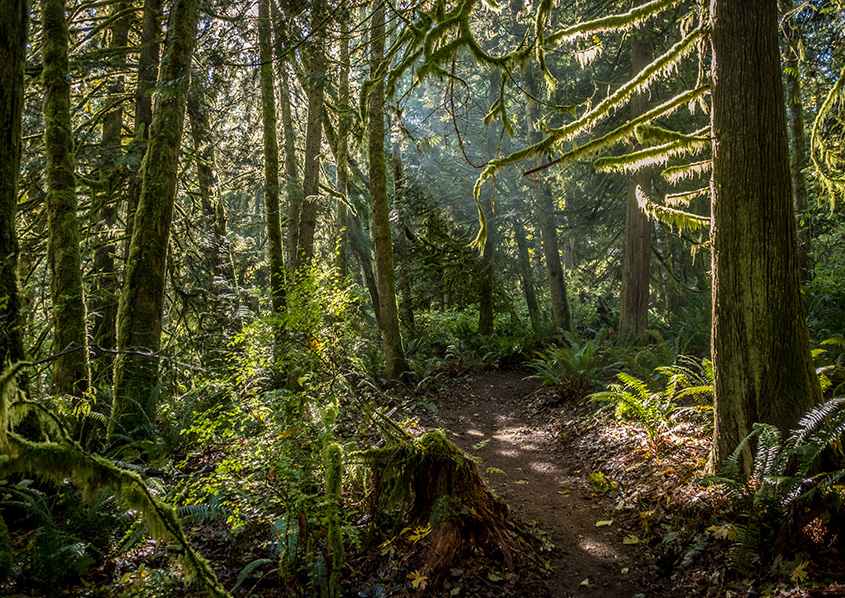King County Land Conservation Initiative
Vision: protecting the remaining high conservation value lands and securing our regional trail network within 30 years.
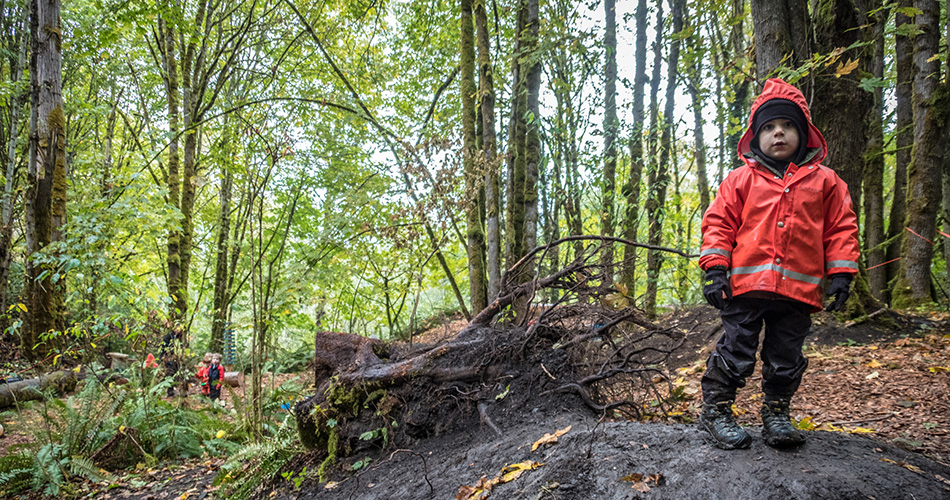
Bold vision demands a bold, pragmatic plan
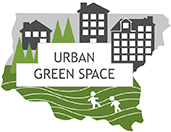 Neighborhood green and open space to create more livable neighborhoods
Neighborhood green and open space to create more livable neighborhoods
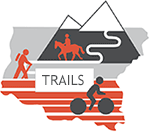 Land to connect trails and communities to increase livability & inspire healthy living
Land to connect trails and communities to increase livability & inspire healthy living
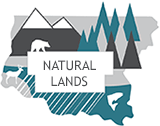 Natural lands for wildlife, recreation, & resilience in an uncertain future
Natural lands for wildlife, recreation, & resilience in an uncertain future
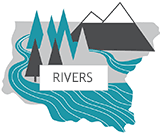 River corridors to sustain salmon and reduce flooding
River corridors to sustain salmon and reduce flooding
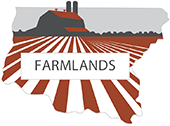 Farmlands and community gardens for healthy local food
Farmlands and community gardens for healthy local food
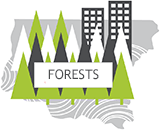 Forestlands to support clean air, clean water, cooler summers, and recreation.
Forestlands to support clean air, clean water, cooler summers, and recreation.
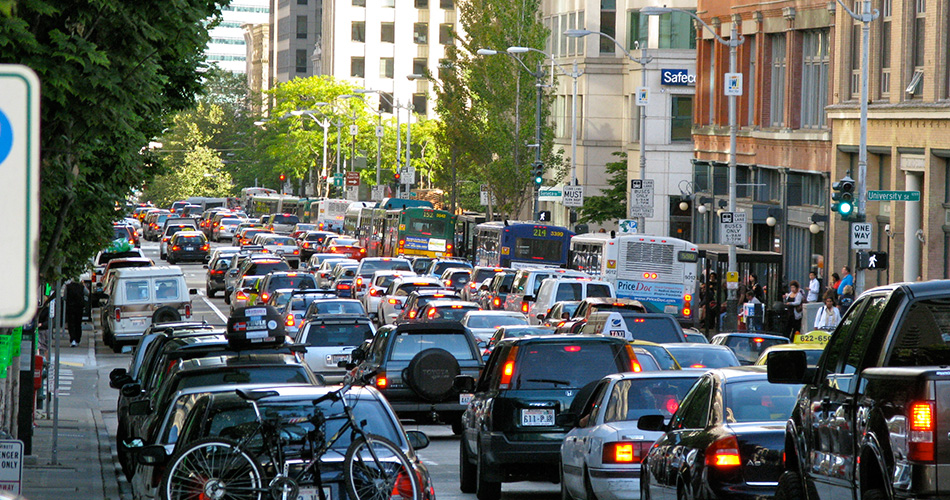
With more people comes the need for more green space.
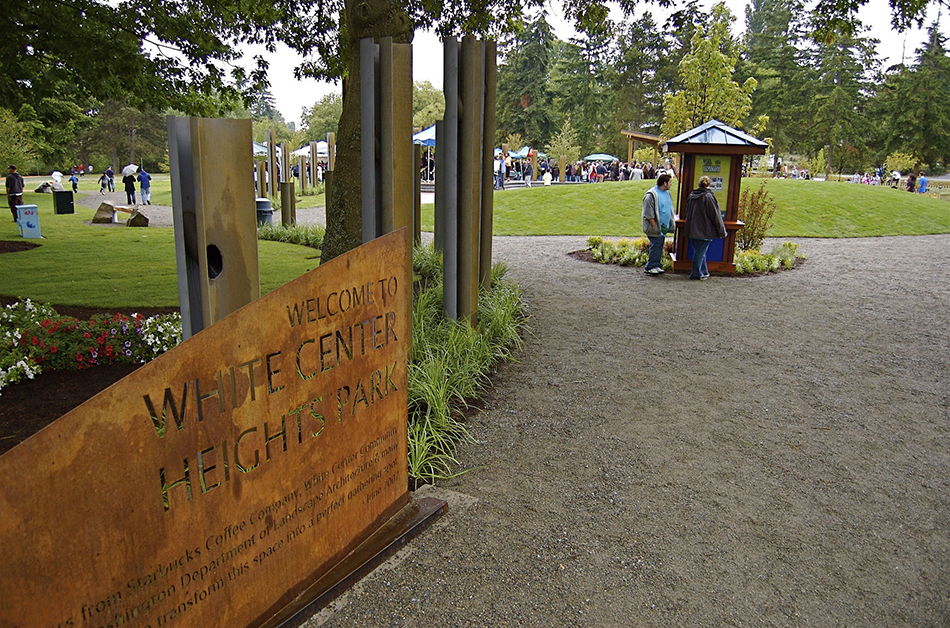
Open space is infrastructure
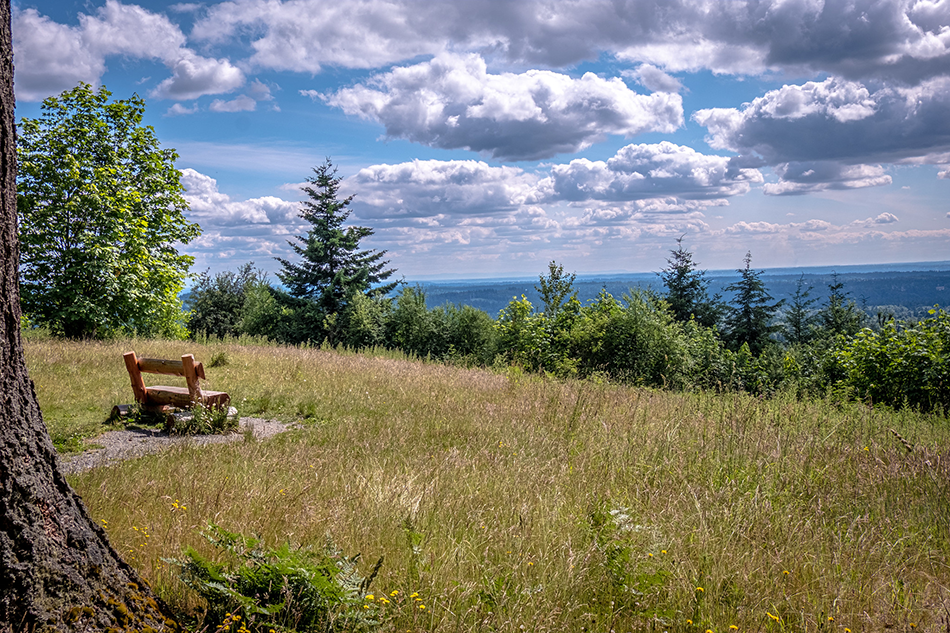
We still live in a place of spectacular natural beauty

The time to act is when the opportunity is here
We've been at this
for awhile.
190,000 acres protected since 1970.
65,000 acres to
finish the job.
Funding
- LCI Funding Sources
- Conservation Futures Program
- Farmland Preservation
- Parks Levy Grants
-
តោះពិភាក្សាអំពីការផ្ដល់មូលនិធិសម្រាប់គំនិតនានាក្នុងសហគមន៍របស់អ្នកសម្រាប់ឧទ្យាន និងទីធ្លាបើកទូលាយ!
-
Let’s talk about funding for your community’s ideas for parks and open spaces!
-
¡Hablemos sobre cómo financiar las ideas de su comunidad para sus parques y espacios abiertos!
-
Hãy nói về việc tài trợ các ý tưởng của cộng đồng quý vị về công viên và không gian mở!
Contact us
Name: Heather Ramsay Ahndan, Department of Natural Resources & Parks
Email: hahndan@kingcounty.gov
Phone number: 206-263-0252
Customer Service Hours: 8am-5pm
After Hours: 206-477-4571
Mailing Address: King Street Center, 201 S Jackson St Rm 600, Seattle, WA 98104-3855
News and announcements
May, 2022
Executive Constantine announces plan to rapidly accelerate LCI
April, 2022
Take a tour of land conservation successes in the Green-Duwamish Watershed
January, 2022

 Translate
Translate
